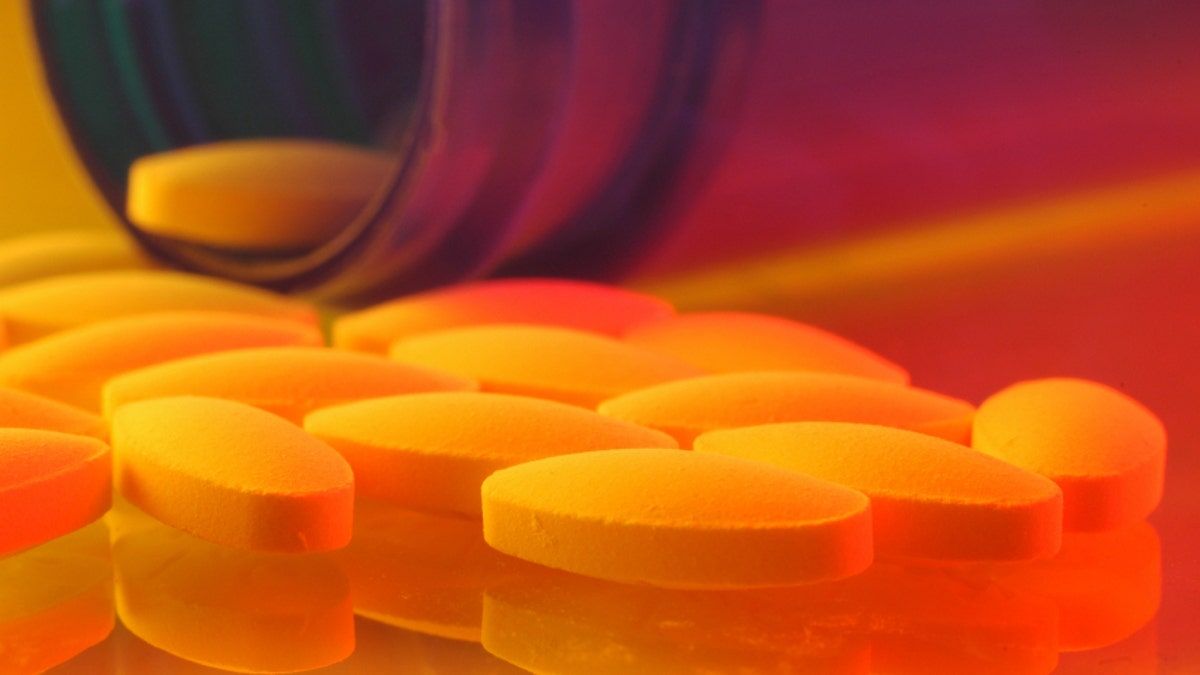
Generic drugs in the U.S. are often introduced when the patent on a brand-name drug expires. That can mean huge savings for consumers, as generics usually cost a fraction of brand drugs. One expert, Stephen Schondelmeyer, a professor of pharmaceutical economics at the University of Minnesota College of Pharmacy, explains when to be cautious about switching to generics even though they usually have the same chemical effect on the body as brand-name drugs
Most doctors will write prescriptions for the generic version of a drug because it is much cheaper for the patient. And even when a brand-name drug is prescribed, some insurers will only cover the cost of the generic unless the prescription indicates the brand name is medically necessary.
The Food and Drug Administration evaluates generic drugs to make sure they are “the exact therapeutic equivalent of the originator brand-name drug,” Dr. Schondelmeyer says.
Look for a Good Grade
If the generic is an exact equivalent, it receives an A rating. He has never seen a documented case of an FDA-approved, A-rated generic that harmed a patient. “You’ll find anecdotal evidence, but usually the drug had a different absorption rate because the patient ate a big meal before taking the medication, or something of that nature,” he says.
If the generic doesn’t have the exact bioavailability profile—meaning the drug is absorbed at a faster or slower pace into the bloodstream—then it will be B rated, he says. “B rated is not bad, it’s just a little different,” Dr. Schondelmeyer says. Occasionally the FDA will revise an A-rated drug to a B rating, as with the ADHD medication Concerta last November. A doctor probably won’t know a generic’s rating, but a pharmacist will, he says.
